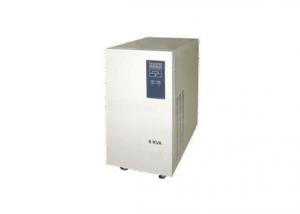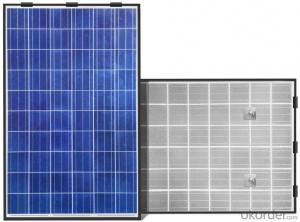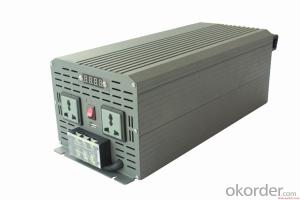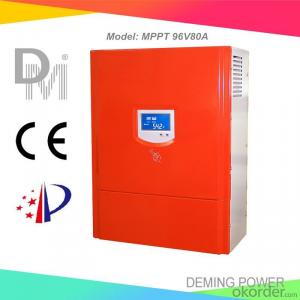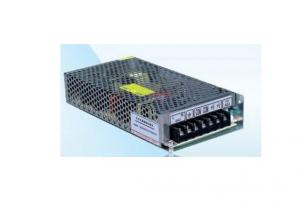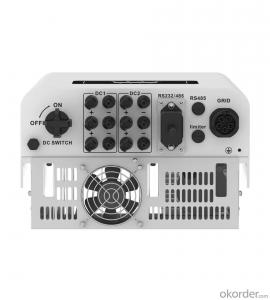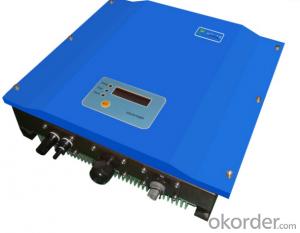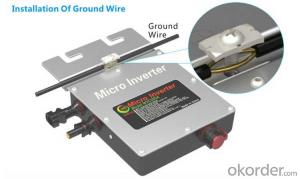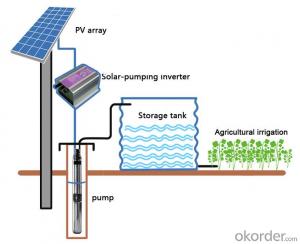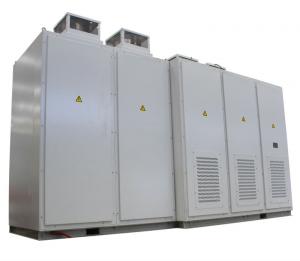10kw Solar Inverter
10kw Solar Inverter Related Searches
10kw Solar Power Inverter 10kw Inverter Solar Solar Inverter 10kw Solar Power Inverter 10kw 10kv Solar Inverter Solar Inverter 10 Kw 10kva Solar Inverter 10 Kva Solar Inverter Solar Inverter 10kva 10k Solar Inverter 10kw Solar Hybrid Inverter 10kw Hybrid Solar Inverter 10 Kw Hybrid Solar Inverter Hybrid Solar Inverter 10kw Solar Inverter Hybrid 10kw Best 10kw Solar Inverter 10kva Inverter Solar System 10kw Solar Edge Inverter 10kva Solar Hybrid Inverter 10 Kva Hybrid Solar Inverter 10000w Solar Inverter Solar Inverter 10kw Price Solar Edge Inverter 10kw 10kw 3 Phase Solar Inverter 10000w Solar Power Inverter Abb 10kw Solar Inverter 10000 Watt Solar Inverter 10kw Solar Inverter Price China 10kva Solar Inverter 10 Kw Solar Inverter Price10kw Solar Inverter Supplier & Manufacturer from China
The 10kw Solar Inverter is a high-efficiency device designed to convert the direct current (DC) generated by solar panels into alternating current (AC) that can be used by electrical appliances and fed back into the power grid. This advanced inverter is equipped with cutting-edge technology to optimize energy production and ensure a seamless integration with various solar panel systems. It is specifically engineered to handle the power requirements of medium to large-scale solar installations, making it an ideal choice for both residential and commercial applications.This 10kw Solar Inverter is widely used in various settings, such as homes, businesses, and public facilities, where solar energy is harnessed to reduce electricity bills and minimize the environmental impact. It is particularly suitable for areas with abundant sunlight and where there is a need for a reliable and efficient power supply. The inverter's user-friendly design and advanced features make it easy to install and maintain, ensuring maximum performance and longevity.
Okorder.com is a leading wholesale supplier of the 10kw Solar Inverter, offering a vast inventory to cater to the growing demand for renewable energy solutions. With a commitment to quality and customer satisfaction, Okorder.com ensures that each inverter is thoroughly tested and meets the highest industry standards. By partnering with reputable manufacturers, Okorder.com is able to provide competitive pricing and reliable service, making it the go-to source for those seeking to invest in sustainable energy solutions.
Hot Products








